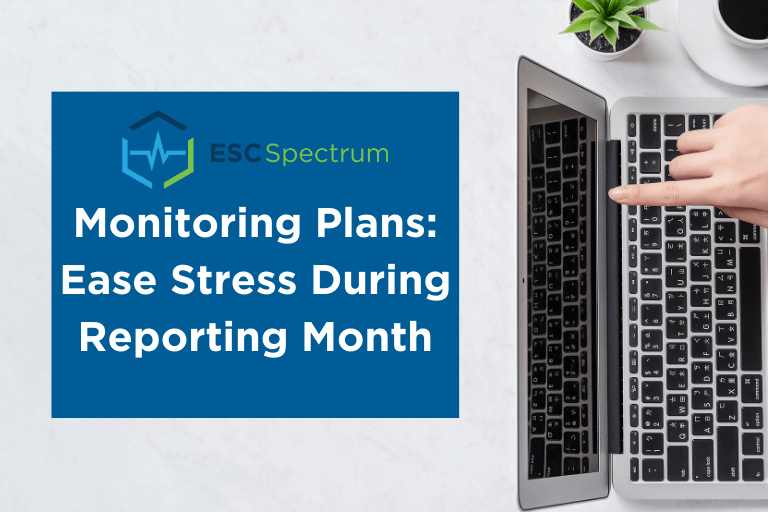What is a Monitoring Plan?
A monitoring plan is a detailed document that outlines periodic monitoring, compliance or corrective actions, and the methods used to collect air emissions data. It is a transparent record of the methodology employed in a specific installation, including Data Acquisition System activities such as our StackVision or Prism. A monitoring plan encompasses various aspects, such as compliance, detailed methods, credible information, and action steps to monitor and report air emissions effectively.
Stay Up-to-date
One of the most critical aspects of managing a monitoring plan is keeping it up to date. Appendix A of Part 75 requires the evaluation of span and range settings every four quality assurance quarters; this acts as a great reminder to evaluate the entirety of your monitoring plan to ensure it’s up to date.
New Analyzers?
Did you add, replace, or remove an analyzer recently? Make sure you’ve got the make, model, serial number, and their operation dates in your monitoring plan. The importance of keeping this information up to date cannot be overstated. Changes in analyzers can significantly impact the accuracy of your emissions data. Interested in learning more about maintaining and updating CEMS Analyzers? Read our blog post, CEMS Analyzers: What They Are and How to Maintain Them.
Load Matters
Your monitoring plan isn’t just about specs; it also reflects your unit’s typical load. Why does this matter? It’s a crucial piece in RATA (Relative Accuracy Test Audit). Accurate load information ensures zero errors in your XML files and guarantees the validity of your RATA. Having the right load data is essential to remain compliant with emissions regulations. Load Analysis Errors are usually discovered after a RATA test has been conducted and can lead to hundreds of hours of invalid data. To avoid this error at your facility, learn about some of our best practices to consider when planning your next RATA test.
All in all, your monitoring plan should follow in step with your plant operation.
Monitoring Plan records should be regularly updated to reflect current operations and account for pollution sources or fuel changes. It is important to consider load information, span and range values, and other factors to maintain the plan’s accuracy. Annual reviews are required to verify that the plan remains up to date, even if there are no significant changes. Evaluating your monitoring plan annually helps remove unnecessary stress from busy reporting months.
Dig deeper into our webinar, “What’s In My Monitoring Plan?” on our YouTube Channel. With a site-specific approach and the ability to adapt to evolving strategies, these plans provide crucial insights into measuring and analyzing parameters. Read our blog post “Recommended Monitoring Plan Checklists” for helpful information on guidelines and checklists to ensure your facility is compliant and audit-ready.
How Can ESC Spectrum Help?
ESC Spectrum can assist you with your Monitoring Plan. Please contact us to schedule a consultation with our Regulatory Services team. Our experts are well-versed in the nuances of monitoring plans and can help ensure that your plans are not only up to date but also optimized for accuracy and compliance. Don’t let your monitoring plan become a source of stress during reporting month; let us help you keep it in tip-top shape.


